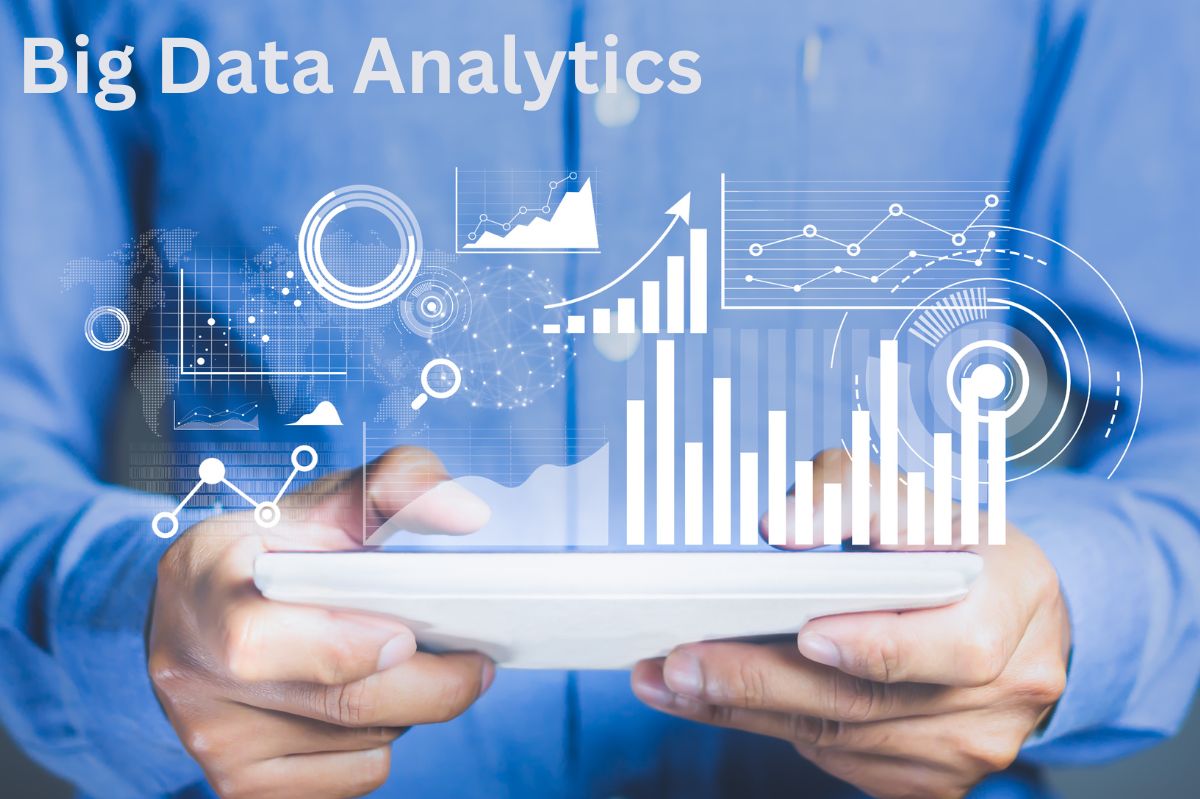Endpoint Protection, Why It’s Essential, And How You Protect Your Work Tools In 2023
Increasingly pervasive digitization and new working models require adopting an agile and modern endpoint protection system.
The era of office work is behind us: we operate in increasingly hybrid contexts in which work experience is no longer associated with a well-defined place or time. A characteristic trait of the new paradigm is the every-device experience: regardless of where they work, employees want to use their desktop PC, laptop, smartphone, and/or tablet indifferently for a connected, productive, and enveloping experience.
Despite the undoubted benefits of productivity and engagement, the new working model requires a rethinking of security strategies, which combines traditional network protection (whose key element remains the firewall) with a management system for all corporate endpoints. The idea of perimeter protection, which has always been the basis of security strategies, must give way – or join – to a more modern vision in which the user and his device are the first subjects to defend.
Why protect yourself? The Risks of the intelligent era
In the field of cyber security, research and surveys present disturbing data: the exponential increase in professional endpoints has triggered a battle with no holds barred between those who attack and those who defend, whose only positive factor is the solid, innovative drive. Social engineering activities have grown since the pandemic; ransomware is increasingly topical, and data breaches, the sworn enemies of every business activity, cost more and more: 4.24 million dollars each, according to IBM.
Some companies are still hesitant: sometimes, they find perimeter protection with the addition of a VPN (Virtual Private Network) sufficient; in other cases, they mistakenly believe that there is no interest in them from cyber criminals. Unfortunately, any data theft (employees, customers, suppliers, production processes) involves severe damage to image, legal (GDPR), and contractual penalties. Especially in the era of the cloud and the tearing down of traditional LAN perimeters, this issue cannot be overlooked.
Towards an Endpoint Protection Platform, better if managed
Given the need for the strict protection of work devices, especially those operating outside the corporate network, how best to approach the subject of endpoint protection?
In practical terms, the company must have a solution that, by orchestrating different prevention, protection, and incident response technologies, protects the business continuity, integrity, and accessibility of data in an era where the index risk is always very high. The solution can be managed internally or by a partner, such as N-Tech, with experience and specific skills in the world of IT security: let us not forget that although this is the age of artificial intelligence and automation, many responses to events still presuppose human intervention, or rather a decision-making capacity provided solely by experience. Managed solutions are an excellent possibility for all companies that cannot count on structured IT or have difficulty finding resources specialized in cyber security but simultaneously want to sleep peacefully by focusing on their business.
The basic concept of modern endpoint protection is that every device connected to the network and corporate resources is a security vulnerability that must be managed. The smartphone can be your one, perhaps not updated with the latest security patches, connected to unsafe networks, and infected with malware. Only effective management, which could translate into the pervasive use of encryption and the creation of isolated environments to run applications and save data (sandboxes), allows companies to massively manage these situations by reducing risk indicators.
The technologies, tools, and techniques of endpoint protection are many. Among these, we highlight the following:
- Next-Generation Antivirus, offering comprehensive protection against zero-day malware and threats, including ransomware. To this end, they also integrate backup & restore technologies and network traffic analysis tools;
- Vulnerability Assessment, intended as a continuous process of scanning all endpoints for potential vulnerabilities;
- Endpoint Detection and Response (EDPR) technologies, such as user behavior analysis tools (Behavior Analysis) aimed at detecting more or less apparent anomalies. This macrocosm also includes Threat Intelligence systems, file integrity monitoring, log analysis, and much more;
- Data encryption in transit and at rest is a real pillar of endpoint protection. Its purpose is to make data and applications unusable in the event of a data breach or, more commonly, theft or loss of the device;
- Data Loss Prevention (DLP), i.e., technologies dedicated to preventing data loss. They are based on data and document access policies, which depend on parameters such as the accessing device, the user, and his corporate role.
Regardless of the deployment type – on-premises or, more commonly, in the cloud as a SaaS solution – they are the centralized platforms that companies adopt (directly or indirectly) to protect corporate endpoints. This technology ecosystem, which could also be extended with many other options, converges in customized solutions often referred to as the Endpoint Protection Platform (EPP). As anticipated, these solutions can be equipped with machine learning algorithms to simplify management and automate some processes, but expert supervision is still an essential element of success.
Also Read : Migrating To Cloud Services: How To Do It And Why You Need An MSP




